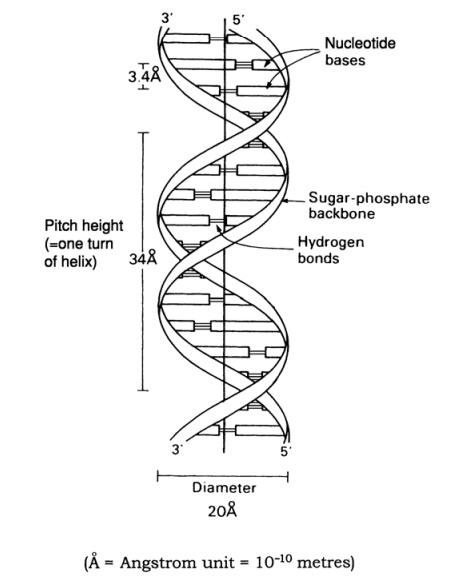Chapter: Essential Microbiology: Microbial Genetics
How do we know genes are made of DNA?
How do we know
genes are made of DNA?
The concept of the gene as an inherited physical
entity determining some aspect of an organism’s phenotype dates back to the
earliest days of genetics. The question of what genes are actually made of was
a major concern of molecular biologists (not that they would have described
themselves as such!) in the first half of the 20th century. Since it was
recognised by this time that genes must be located on chromosomes, and that
chromosomes (in eucaryotes) comprised largely protein and DNA, the reasonable
assumption was made that genes must be made up of one of these substances. In
the early years, protein was regarded as the more likely candidate, since, from
what was known of molecular structure at the time, it offered far more scope
for the variation which would be essential to account for the thousands of
genes that any organism must possess. The road to proving that DNA is in fact
the ‘stuff of life’ was a long and hard one, which can be read about elsewhere;
we shall mention below just some of the key experiments which provided crucial
evidence.
In 1928 the Englishman Fred Griffith carried out a
seminal series of experiments which not only demonstrated for the first time
the phenomenon of genetic transfer in bacteria (a subject we shall consider in
more detail later), but also acted as the first step towards proving that DNA
was the genetic material. As we shall see, Griffith showed that it was possible
for heritable characteristics to be transferred from one type of bacterium to
another, but the cellular component responsible for this phenomenon was not
known at this time.
Attempts were made throughout the 1930s to isolate
and identify the transform-ing principle,
as it became known, and in 1944 Avery, MacLeod and McCarty pub-lished a paper,
which for the first time, proposed DNA as the genetic material. Avery and his
colleagues demonstrated that when DNA was rendered inactive by enzy-matic
treatment, transforming ability was lost from a cell extract, but if proteins,
carbohydrates or any other cellular component was similarly inactivated, the
ability was retained. In spite of this apparently convincing proof, the pro-protein
lobby was not easily persuaded. It was to be several more years before the
experimental results of Alfred Hershey and Martha Chase coupled with Watson and
Crick’s model for DNA structure (Figure 2.23) finally cemented the universal
acceptance of DNA’s central role in genetics.


Related Topics